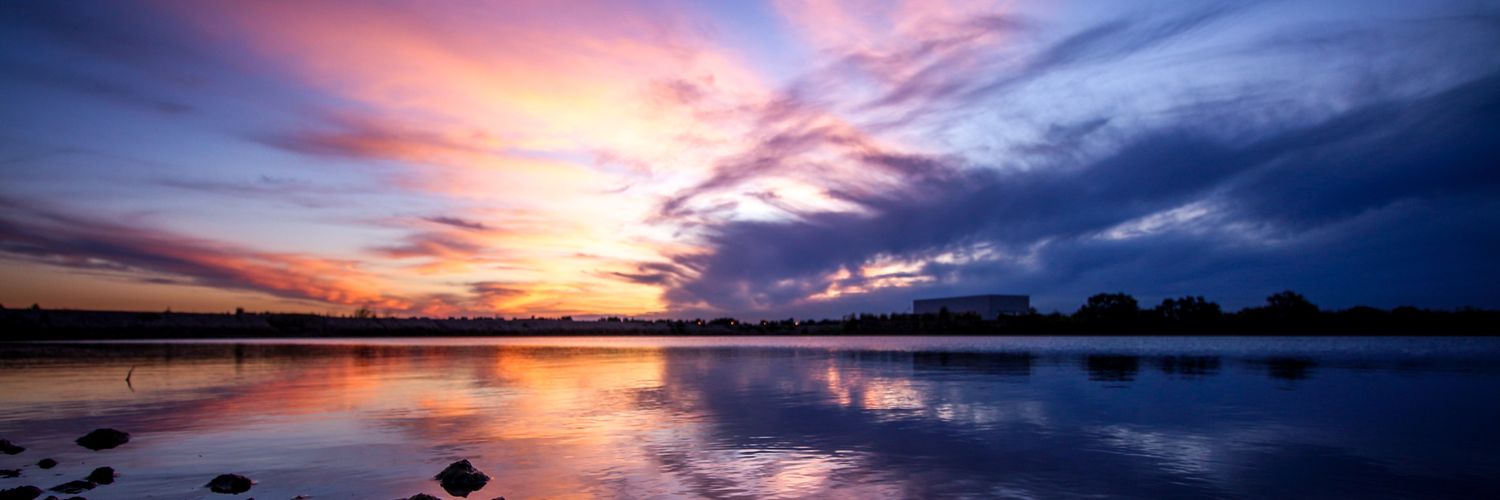The documentary 3 ½ Minutes, Ten Bullets is important. The film opened in Los Angeles this summer, is headed for a national release sometime soon, and it has been reported that HBO will air it this fall. My recommendation is that you find out when and where you can watch this film.
Headed toward the theater, I was prepared to be moved, angry, and judgmental of the perpetrator of the crime at the center of the film. What I was not prepared for was the realization that a particular stereotype I’ve held of black people’s lives would be revealed.
Here is the gist of the crime from the movie’s website: “On Black Friday 2012, two cars parked next to each other at a Florida gas station. A white middle-aged male and a black teenager exchanged angry words over the volume of the music in the boy’s car. A gun entered the exchange, and one of them was left dead. Michael Dunn fired 10 bullets at a car full of unarmed teenagers and then fled. Three of those bullets hit 17-year-old Jordan Davis, who died at the scene. Arrested the next day, Dunn claimed he shot in self-defense.”
The documentary follows the court case and jury trial from front to finish and it’s just as compelling as any courtroom drama you’ll see on TV, except that this highlights a real-life tragedy. The struggle for justice is gripping, as anyone could imagine. Watching the white defendant claim his innocence and become increasingly entrenched within his own narrative was also rather affecting. I had wrongly assumed I would be able to identify the fears that may have prompted the perpetrator’s actions, and then see some arc of growth, some gain in his conscious awareness over the course of the film. Such was my projection.
There is plenty more that could be said about the perpetrator of this crime. But, my judgment of him is not the part that stuck with me the most. What was revealed as I watched this film is how little I have paid attention to how the violent nature of white supremacy reaches into the suburbs and how I have been conditioned only to see low income kids of color as navigating danger zones on a daily basis.
Sure, I know that people of color experience police violence and profiling disproportionately – whether low-income or affluent. I’m aware that kids of color are criminalized and at risk, propelled by implicit bias as well as overt racism. I also understand that microaggressions, the daily slights that injure, occur anywhere and anytime. So, I wasn’t surprised by any of items listed in the Buzzfeed post, 17 Struggles All Suburban Black Kids Know Too Well. This includes #15 about being more cautious than your friends about typical suburban mischief.
But, what I realized while watching the film is that from the point that I heard about the original news story many months prior, through the reading of reviews of the film, all the way into the film itself, I assumed the Black kids in the car were from a central city, urban environment. Something in me just didn’t allow for the idea that a handful of Black kids in an SUV who live and go to school in the suburbs would experience this level of threat. Instead, I have been conditioned to see Black kids in suburbs as dealing with annoying microaggressions or suspicion, but ultimately being safe from life or death racial violence.
A film review by Kirsten West Savali, published in The Root, describes the moment in the film that revealed my narrow thinking, as the author writes, that this film “exposes the quagmire of white supremacy that traps African Americans in its grip. During the film, Davis [the victim’s father] openly wrestles with that confusion and cynicism in the face of the respectability politics that failed him. “With tears streaming, unchecked, down his face, he cries, “It wasn’t like he was in a bad neighborhood. He’s five minutes from home; it wasn’t late at night … he was with his good friends, all good boys … and I couldn’t protect him.”
And it’s this last part that showed me my bias. I utterly fail to consider that suburban Black kids, acting like typical teenagers, with music loud and a lack of concern for bending to the will of older strangers, face a kind of violent reaction that would not be leveled against white kids doing the same thing.
Why is that narrow view dangerous?
If I fail to appreciate the danger faced by middle-class Black kids who live, work, or go to school in suburban environments, I’m more like to…
- Take their rage about police and community racism as overblown in relation to what low-income youth face.
- Believe that if they just work hard in school and do the “right thing” that the violence of racism won’t touch them.
- Be more complacent about addressing racism within middle-class or affluent neighborhoods, believing it’s about hurt feelings more than an existential threat.
Additionally, this is likely to become even more of an issue. A recent report by the Brookings Institute indicates that, “Among the largest 100 metropolitan areas, 96 showed gains in their suburban black populations. Of these, 76 had larger increases in the past decade than in the 1990s. Leading black movement to the suburbs are the young, those with higher education, and married couples with children—attributes that characterized white suburbanization for almost a century. While delayed for decades, a full scale suburbanization of blacks is finally underway.”
Final thought: #blacklivesmatter is right. And, it’s important to name that all Black lives are at risk, regardless of economics, housing location, or schooling. A move to the suburbs is no guarantee of safety, and the white community has a responsibility to ensure that we live in communities that are safe for all people.
